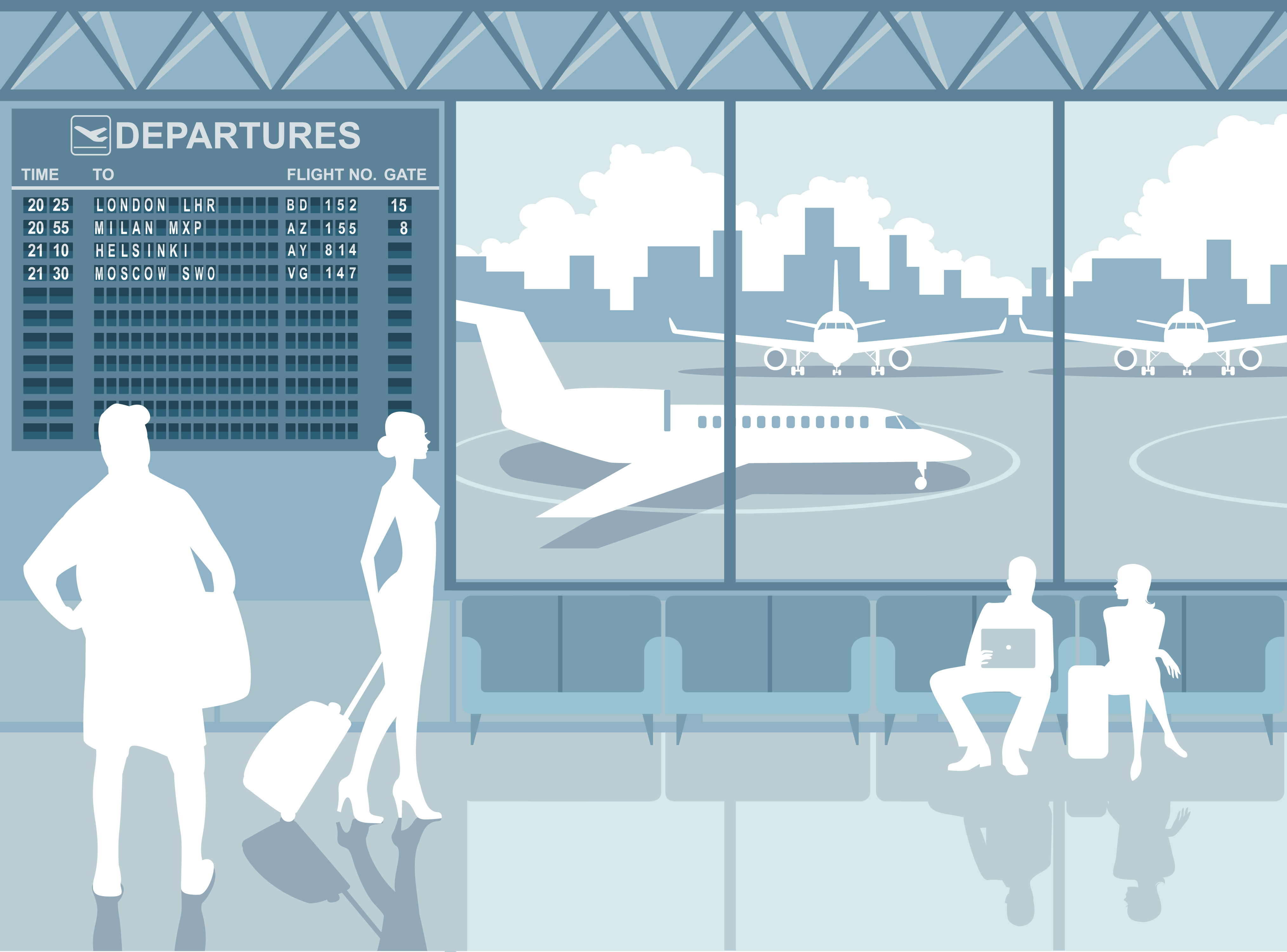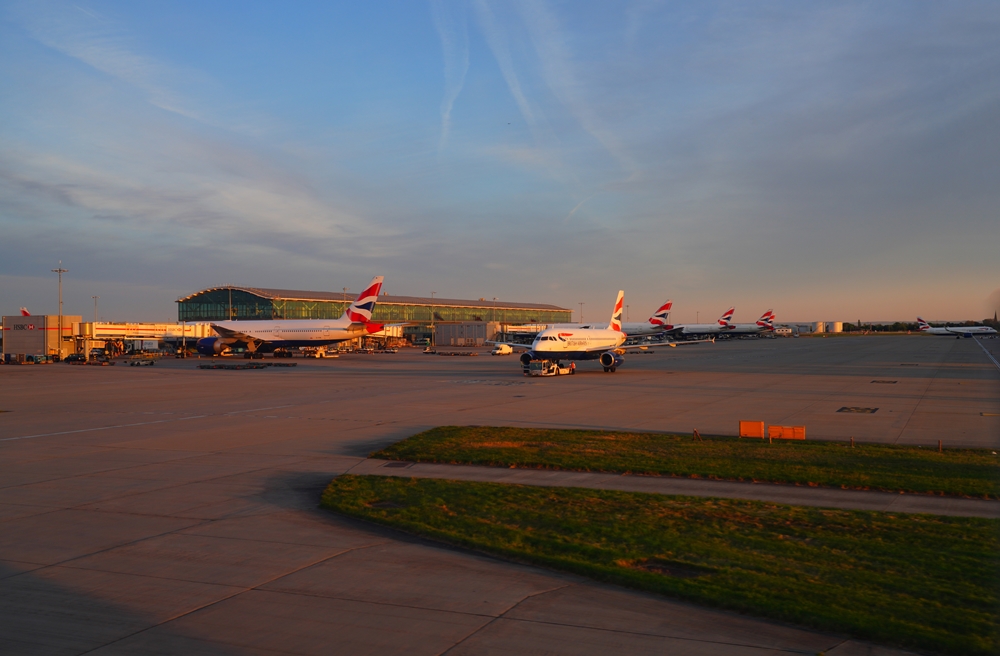UK border resilience in the age of connectivity

Image copyright Shutterstock
As an island nation, our borders have always been vital to us. In today’s globalised and technological age, we must ensure that the way we see and understand them stays relevant. In the face of disruption or attack – be it physical or cyber – we need to rethink the way we manage these borders and instead view them as a complex Critical National Infrastructure (CNI) network of interdependent nodes. By doing this, we can ensure operations remain smooth, seamless and secure.
The UK’s international supply chain
Events over the last few years have thrown the UK’s global supply chain and its dependence on efficient borders into sharp focus. The need to call on the military to import vital PPE during COVID-induced disruptions, and questions about the post-Brexit ability to import components and skills for energy infrastructure, are stark reminders of how vulnerable the UK’s global supply chain is to border changes. Such concerns have shown that if an efficient border helps secure the UK by stopping dangerous goods and people entering the country, then a slow and complex border stops the right skills and goods coming in.
Furthermore, several entry points carry risk due being single points of failure by virtue of their size. In May 2020, Heathrow Airport and Felixstowe Port were the two main UK import points, being responsible for £6.79 billion and £2.06 billion of UK imports respectively (1). So what happens to our national infrastructure if these sites were to be attacked and stop operating? How quickly would we be able to adjust our supply chain and obtain critical goods?
Much like a marching army, the UK in this globalised world is critically dependent on its supply chain and by being the most important link in the chain, borders and their components are consequently the most vulnerable. Indeed, it is this idea of our borders being a network made up of a variety of different components (such as airports, seaports and rail stations ) that we must take further.
A Border Network
Ports and airports have historically been operated independently by different groups, with their own operating models and USPs. However, the pace of growth of every borders’ digital footprint and data has seen growing interconnection between these points of entry and the Critical National Infrastructure they feed. The use of port community systems as well as new technology such as artificial intelligence (AI) and blockchain are also likely to increase the amount of digital data that flows through supply chains and across borders. This - in no uncertain terms - creates both opportunity and risk.
Increased data sharing across the network helps identify areas for investment and collaboration to reinforce the network and support free flowing but secure borders. With the increasing connections between ports of entry and the UK’s growing global supply chain, it is no longer enough to secure individual ports or airports. We must address them and the security requirement UK wide. This means ensuring we secure our interconnected borders as a network, so they remain resilient to threats and able to maintain our security in return.
Network Resilience
The concept of network resilience is far from a new one. Developed by the cyber security world, network resilience is the ability to maintain a minimum level of service in the face of challenges and threats to standard operation and can be applied in both physical and cyber space. Having been adopted by the National Grid, the concept is already present in the CNI space.
With border traffic continuing to grow and increasing physical and cyber threats, network resilience is now a necessity for the UK’s borders. The drone disruptions at Gatwick Airport in 2018 lasted only 33 hours but led to over 400 flight cancellations and cost over £50 million. They exposed a clear absence of interconnected resilience of the border network, as most flights were unable to be diverted to other UK airports. Indeed, this lack of resilience and the border network’s large physical and growing digital footprint make it an attractive target. Combine that with low barriers to entry for cyber warfare and it makes a large-scale security breach a matter of ‘when’ and not ‘if’.
Clearly, we must address borders as an interconnected physical and digital network if we are to ensure a fully resilient border network in this age of increasing connectivity. In this regard, enhanced data sharing at a network level would support the identification of port vulnerabilities and help identify appropriate ‘back-up’ solutions within the network, if a vulnerability were to be exploited. Much like the National Grid, when one part of the network is down, the rest of it will be able to take the load.
Footnote: (1) The Observatory of Economic Complexity, United Kingdom Latest Trends (May 2020), https://oec.world/en/profile/country/gbr/











